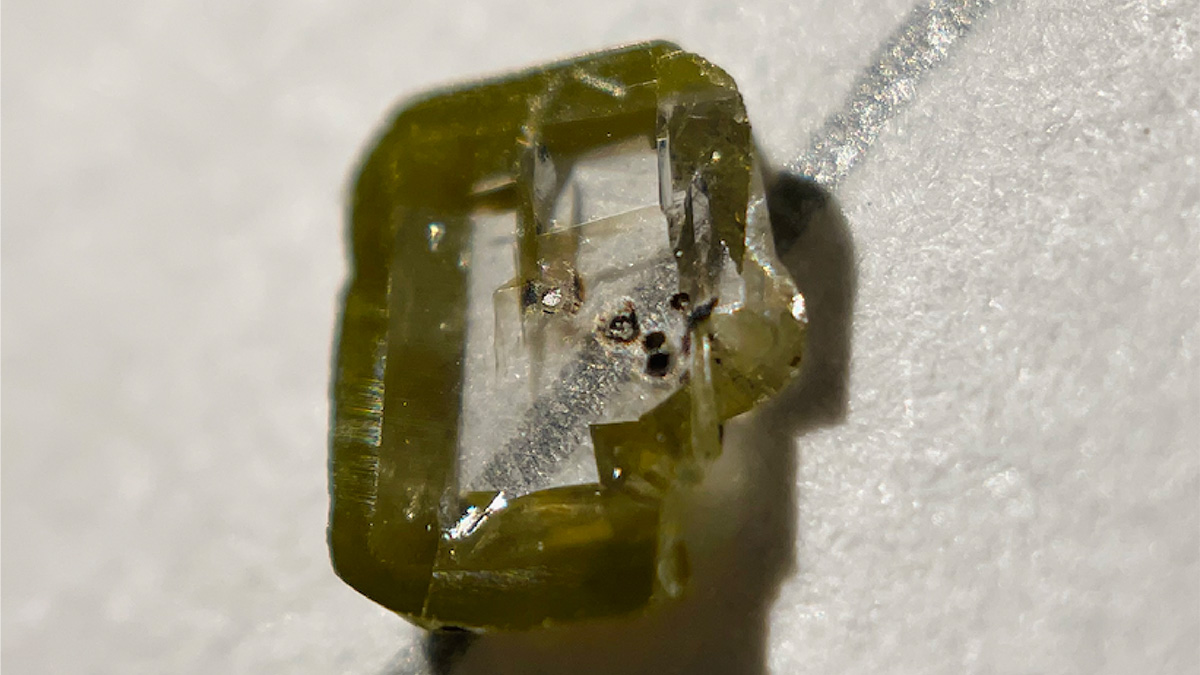What Earth and space science stories stood out this year, and what are we looking forward to in 2022?
News
Diamond Discovery Unearths Secrets of the Deep
A diamond inclusion has revealed a new mineral, davemaoite, as well as hints about the workings of our planet’s interior.
Satellites Spy on Sand Mining in the Mekong
Concrete, used in everything from streets to skyscrapers, needs sand, often mined from active rivers in developing countries with little oversight. Researchers can now use satellites to keep watch.
Drones and Crowdsourced Science Aid Great Lakes Data Collection
Important data collection can aid coastal monitoring and management.
Can Uranus’s Rings Reveal the Planet’s Deepest Secrets?
Planetary rings can act as seismometers that respond to changes deep within a planet.
Dunes Dance to a New Rhythm in Climate Change
Dunes may morph or creep in new directions in a warming world.
Atmospheric Rivers Spur High-Tide Floods on U.S. West Coast
Researchers analyzed 36 years of data to understand how atmospheric rivers and other factors drive chronic coastal flooding.
A Gas Pipeline Investigation Built on Community-Centered Ideas
From developing a research question to enacting solutions, environmental justice requires community engagement in every step of the scientific process.
No Relief from Rain: Climate Change Fuels Compound Disasters
Climate change is increasing the risk of fire-rain events, raising mudslide concerns in fire-prone communities.
Charting the “Bloody” Brine Flows from an Antarctic Glacier
Photographs and field observations yield a more complete historical record of the ebbs and flows of the so-called Blood Falls on Taylor Glacier.










